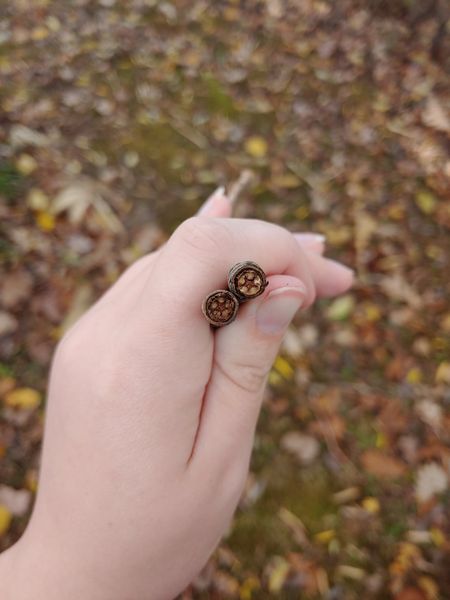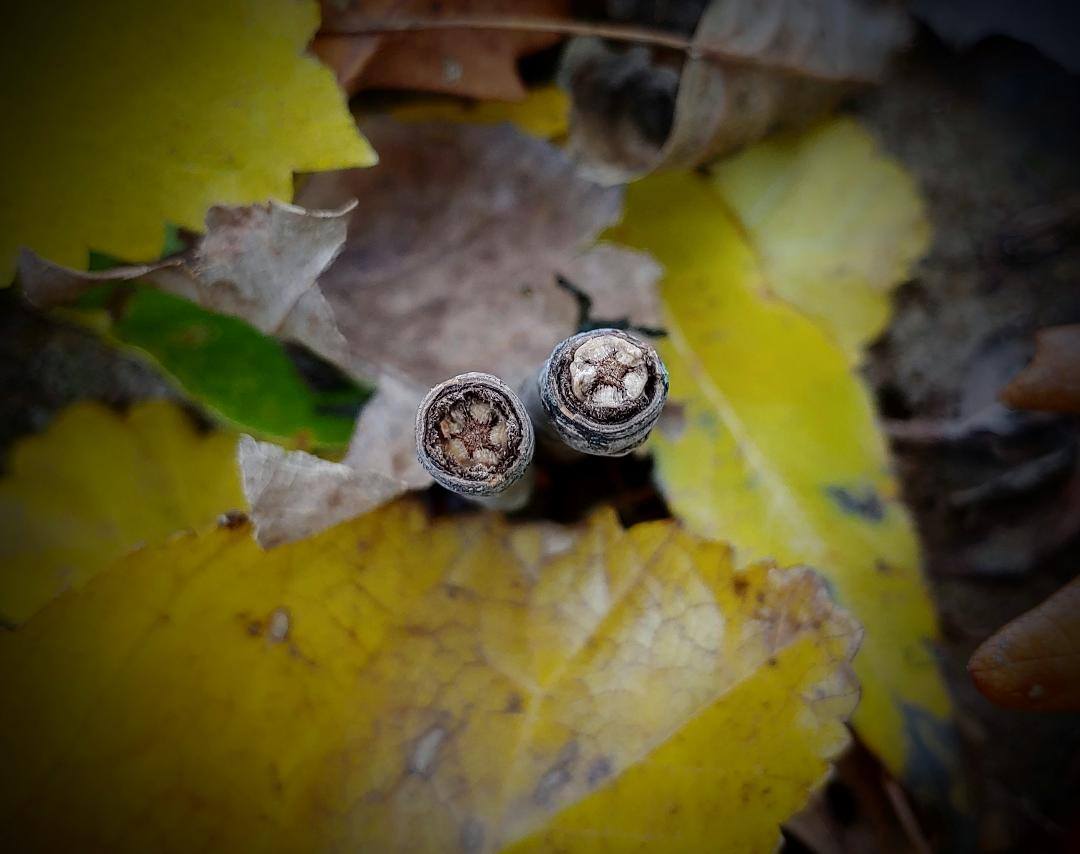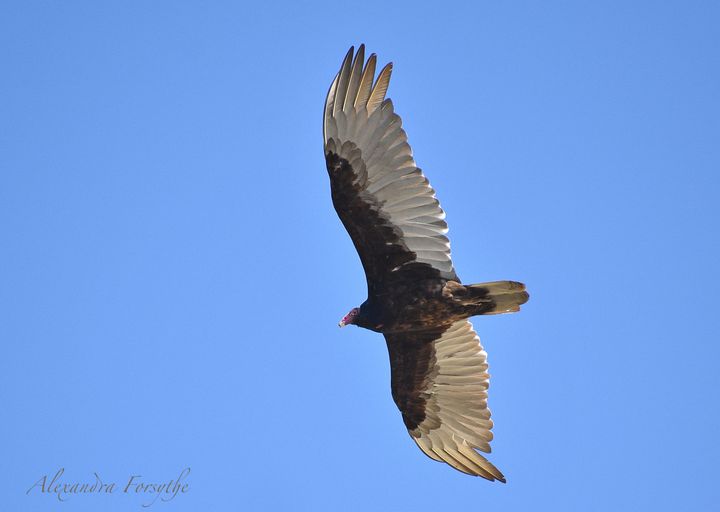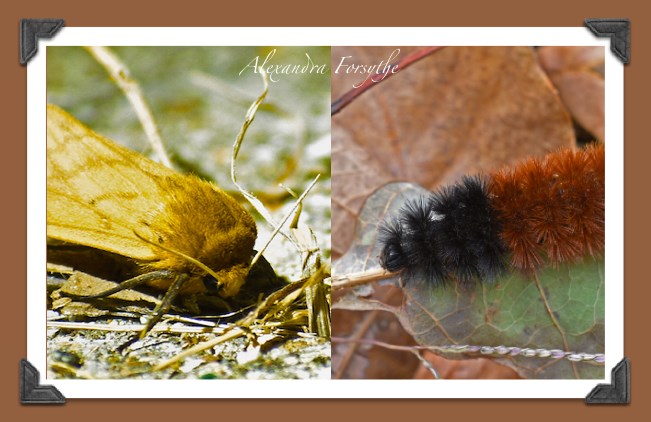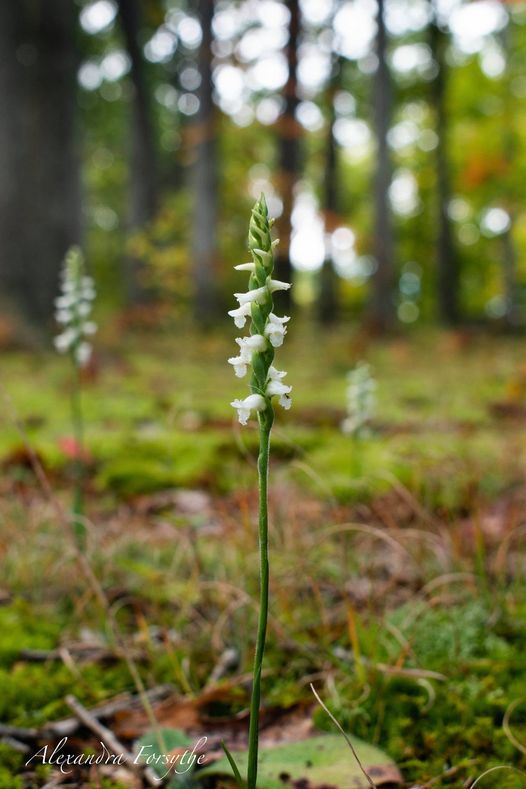Did you know that there are stars hidden in every cottonwood tree?
When I was a little girl, my grandfather showed me how to find the stars in the twigs of cottonwoods. Little things like that stuck with me and encouraged me to look for all the hidden wonders in nature.
To find a star, look for the joint in a cottonwood twig - the area where it is wrinkled and resembles the accordion-shaped part of a bendy straw. Cut it or snap it in the middle of the joint. If the twig is too green or too rotten, the star will not be visible. It might take several attempts, but fairly quickly you'll find several that are the right age. That star is the pith and that tissue is responsible for storing and transporting nutrients.
Head outside, spend a few minutes with a young person, and open their eyes to the natural world. Show them a Sunday Squee today - a cute, fun, or fascinating thing that makes the child squeal with delight. Something like finding a hidden star in a twig may seem trivial to you, but it might have a lasting impact that will affect the way the child looks at everything around them.
When I was a little girl, my grandfather showed me how to find the stars in the twigs of cottonwoods. Little things like that stuck with me and encouraged me to look for all the hidden wonders in nature.
To find a star, look for the joint in a cottonwood twig - the area where it is wrinkled and resembles the accordion-shaped part of a bendy straw. Cut it or snap it in the middle of the joint. If the twig is too green or too rotten, the star will not be visible. It might take several attempts, but fairly quickly you'll find several that are the right age. That star is the pith and that tissue is responsible for storing and transporting nutrients.
Head outside, spend a few minutes with a young person, and open their eyes to the natural world. Show them a Sunday Squee today - a cute, fun, or fascinating thing that makes the child squeal with delight. Something like finding a hidden star in a twig may seem trivial to you, but it might have a lasting impact that will affect the way the child looks at everything around them.
